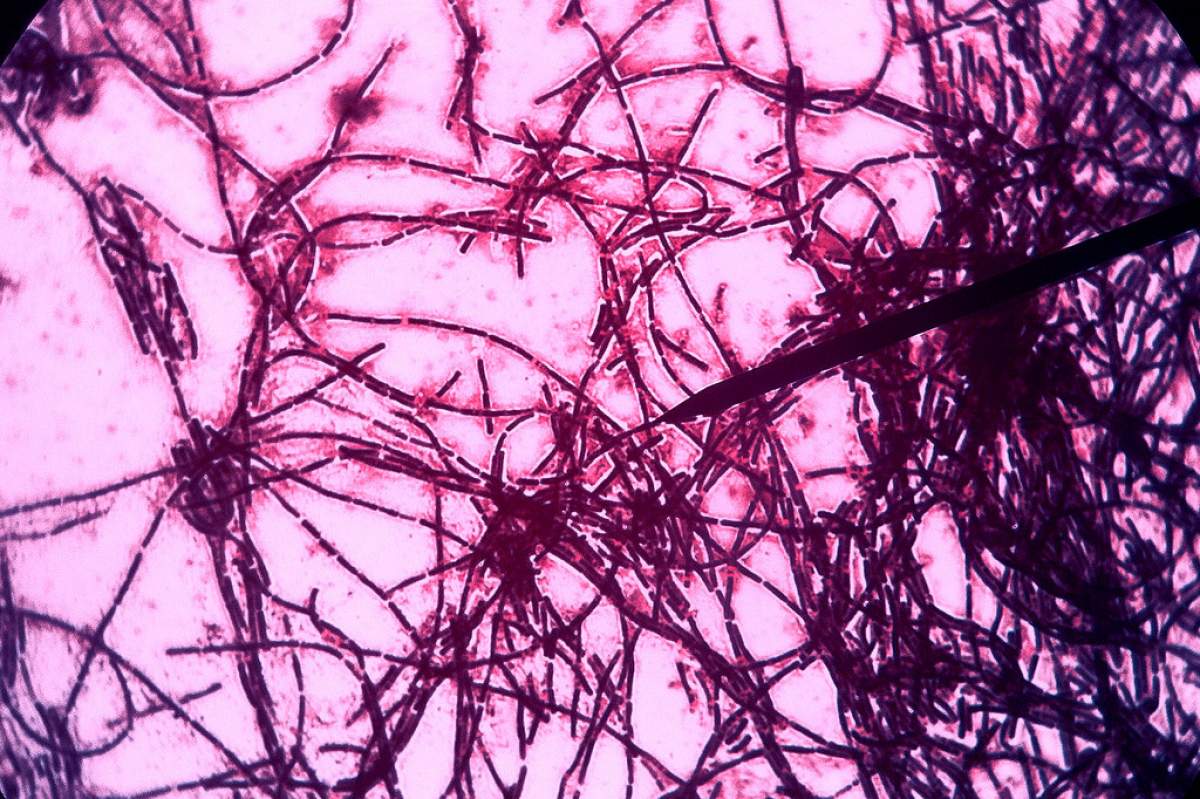
Bacteria have immune systems that they control by talking with each other. Their immune systems work differently than humans'. Bacteria take snippets of a virus's DNA and store the snippets to help them recognize and destroy the virus in the future.
The whole system is a huge balancing act. If the bacteria create too much immune activity, they can get a kind of autoimmune‑like disease that destroys them. If they don't create enough activity, that could let a virus wipe out a whole bacterial community.
Scientists now know that bacteria communicate with each other by releasing chemicals in a process called, "quorum sensing." That's how they figure out their population density--that is, how many cells are in their communities--which lets them gauge the right amount of immunity to create. If they figure out their community is a big one, they boost their immunity.
This happens because the advantages of stronger immunity outweigh the potential danger in a bigger community.
Sources And Further Reading:
- University of Otago. "Bacteria communicate to ramp up collective immune response to viral threats." ScienceDaily. (accessed February 20, 2017).
- Patterson, Adrian G., Simon A. Jackson, Corinda Taylor, Gary B. Evans, George P.c. Salmond, Rita Przybilski, Raymond H.j. Staals, and Peter C. Fineran. "Quorum Sensing Controls Adaptive Immunity through the Regulation of Multiple CRISPR-Cas Systems." Molecular Cell 64, no. 6 (December 15, 2016): 1102-108. Accessed February 20, 2017. doi:10.1016/j.molcel.2016.11.012









